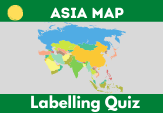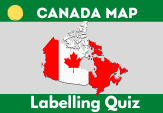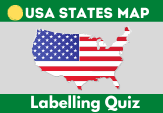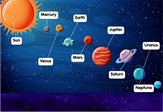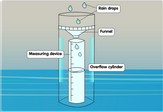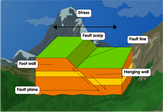Diagram of a fold mountain
As hard as it is to believe at first, it’s not uncommon for someone to find the shells or fossils of sea creatures atop certain mountains. This isn’t some elaborate prank – fold mountains, which are pretty common around the world, are made of sedimentary rock that used to be part of ancient bodies of water.
A fold mountain is built through the raw power of plate tectonics. When two plates push against each other, they can crumple and fold upwards at their boundaries to create rocky formations, like hills, fold mountains, and mountain ranges.
Sometimes, seas or lakes can occur at the plate boundaries. The sediments that gather in these bodies of water slowly turn into sedimentary rock, which can also trap dead organisms over time. As sedimentary rock is forced upwards during plate movement to form fold mountains, the fossils within can be elevated kilometres off the ground.
There are a few distinct parts in a fold mountain. Anticlines consist of the part of the fold where each half rises into a crest at the center. Synclines, on the other hand, are the part where each half dips into a depression.
Consider referring to this diagram of a fold mountain as a handy reference of the geological processes involved in the creation of this type of mountain.

